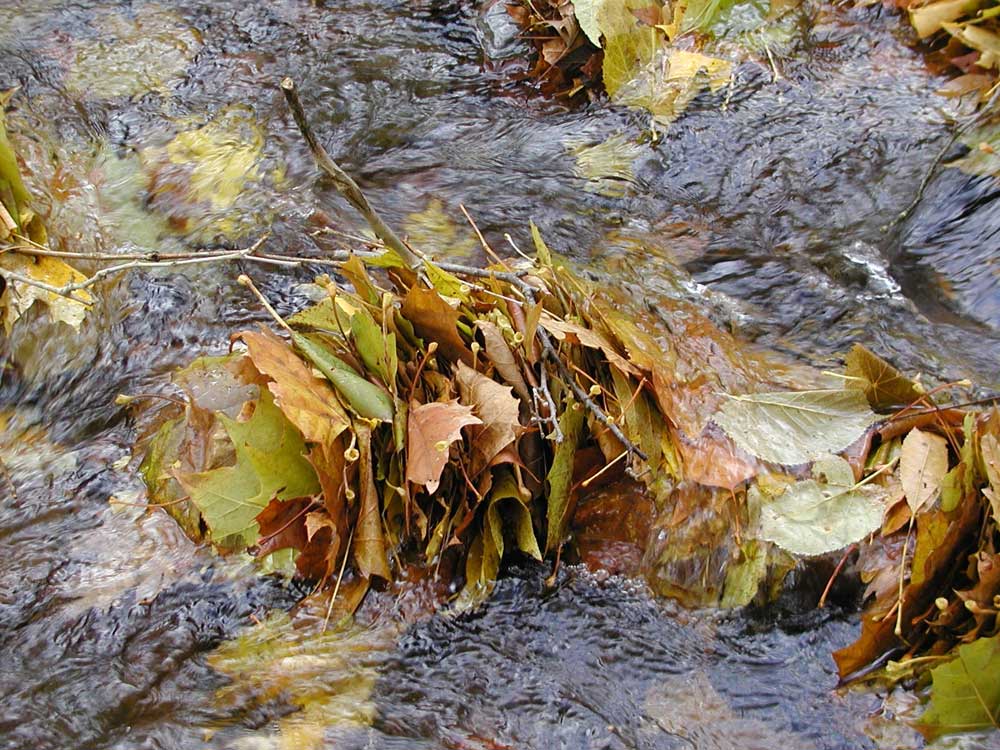Watershed Tea
Stroud™ Water Research Center scientists discovered that when rain water enters a stream, it carries with it a special blend of dissolved organic matter, which is then dispersed in the water much like tea from a tea bag.
Every watershed produces a unique “tea” that nourishes a unique bacterial community
So specific is each watershed’s “tea,” that migrating salmon use it to find their way home at spawning time.

The tea provides food for bacteria, and studies at Stroud Center indicate that each watershed produces a community of bacterial species which are uniquely fitted to the local supply of watershed tea.
Understanding Stream Processes Can Lead to Better Drinking Water Treatments
With water utilities turning increasingly to biological filtration to remove impurities from drinking water, the more we know about how bacteria consume organic matter, the better we can design and evaluate these purification systems.
If they prove effective, water utilities will be able to reduce their dependence on chemical disinfectants, which will be more cost-effective for them and less harmful to consumers and the environment.
Organic matter delivered to oceans impacts climate change
Much of the organic matter ultimately ends up in the ocean, where over time it can be degraded to carbon dioxide, a greenhouse gas.
By studying the interactions of bacteria and watershed tea, Stroud Center scientists hope not only to help provide clean drinking water in a world where it is in dangerously short supply, but also to understand how the organic matter that is delivered to oceans impacts global climate change.
Learn more
Visit the Leaf Pack Network website to learn about the diverse microbial and macroinvertebrate communities that depend on natural leaf packs and watershed tea.
